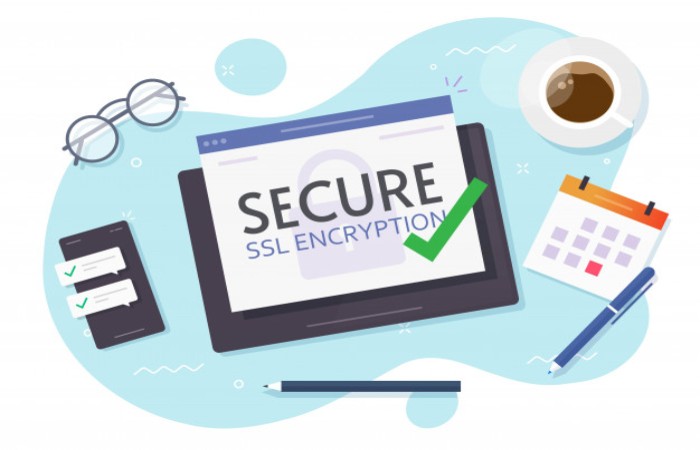Maintaining privacy when surfing the net is a very important factor. There are many techniques that can be used to steal information from users, use the data to include it in spam campaigns, or even sell it to third parties. However, there are also methods and programs that we can use to improve security. In this article, we are going to expound on how HTTPS works and if it can really help prevent our data from being leaked.
Table of Contents
Https, A Protocol To Improve Privacy
When we enter a web page we can find sites that are HTTP and, increasingly, HTTPS. It is a protocol that serves to improve the privacy of users when browsing and prevent information from leaking.
Basically what it does is encrypt the information that remain sent and received between the browser (the user’s device) and the landing page. In this way, we will achieve secure transactions, something that will help preserve personal data and prevent an attacker from collecting it.
Therefore, HTTPS remain considered very important to protect our data when browsing. But is it really so? Are we completely safe on the network using this protocol or could we still have problems?
If we think of an HTTP communication, of sending data through an unencrypted site, that information can remain intercepted. The Man-in-the-Middle attacks consist essentially in this, collect that information and to steal user data such as credentials, passwords, etc.
Thanks to HTTPS we could avoid that. A secured site, with SSL encryption, will help protect our privacy. Even if the data remain filched, it will remain encrypted, and it would remain very difficult to read it without a decryption key.
Now an HTTPS site by itself is not secure. We could continue to suffer from many types of attacks, malware downloads, and issues that affect our privacy.
An Https Page Can Be Insecure

We have seen that HTTPS is a very useful protocol to improve privacy and encrypt the information we send when browsing. In that sense, we are going to obtain an important improvement and we will reduce the risk of suffering problems. However, this does not mean that this page will be secure. We already saw security when browsing public Wi-Fi networks over HTTPS .
Hackers could use an HTTPS website to sneak links to HTTP pages, malicious file downloads, Phishing sites. Therefore, it is important to always maintain common sense and preserve safety when browsing, regardless of whether or not we are accessing an encrypted site.
It is precisely in recent times that HTTPS web pages that are insecure have increased. Cybercriminals take advantage of the increased trustworthiness of such a site to sneak malicious software download links and carry out other attacks.
Therefore, despite entering encrypted pages, we must always maintain security. It is convenient to take a good look at the URL, the pages where we are going to log in, have security tools, keep equipment updated and, most importantly, common sense. It is essential not to make errors that can remain exploited by hackers.
